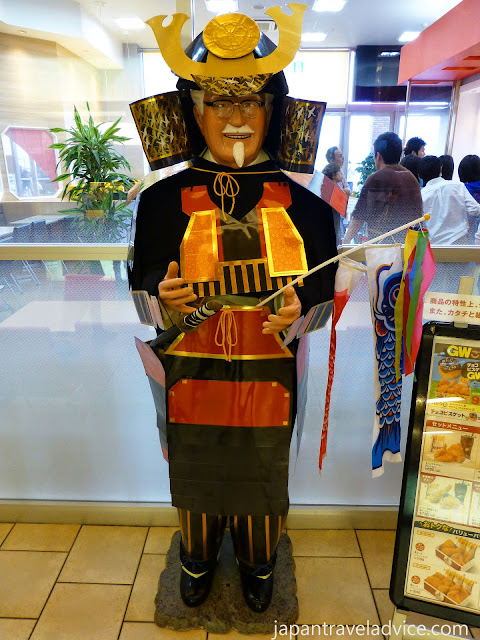Due to this change, April 30th and May 2nd will also become national holidays because according to the law, a day between two holidays also becomes a holiday. This creates an unprecedented 10-day consecutive holiday period in Japan from Saturday, April 27th to Monday, May 6th.
Golden Week and this period of time in Japan is a celebration of spring with a lot of cultural festivals and historical events taking place all over the country.
The Four National Holidays of Golden Week
1. Showa Day (April 29)
The first national holiday of Golden Week is Showa no Hi (昭和の日) or Showa Day, which is the birthday of the former Showa Emperor. It is a day to honour the birthday of the late emperor, as well as to remember the hard work and effort of the Japanese people in rebuilding their country during the turbulent Showa Era (1926 – 1989).
2. Constitution Memorial Day (May 3)
The second national holiday of Golden Week is Kenpou Kinenbi (憲法記念日) or Constitution Memorial Day. It is a day to commemorate the new Japanese constitution, which was put into effect on May 3, 1947.
3. Greenery Day (May 4)
The third national holiday of Golden Week is Midori no Hi (みどりの日) or Greenery Day. It is a day to show appreciation for the environment and nature. It is the perfect time to head outdoors and enjoy the beautiful spring weather and fresh green leaves of the season.
4. Children’s Day (May 5)
The last national holiday of Golden Week is Kodomo no Hi (こどもの日) or Children’s Day on May 5. It is a day for children in general, but is primarily for boys, as girls have their own day called Hina Matsuri on March 3. Children’s Day is a day to celebrate boys and to pray for their healthy growth. It’s a Japanese tradition for families with boys to celebrate this day by raising carp streamers (koinobori) outside their houses around this holiday. Carp are believed to symbolize successes in children’s lives. The black carp of koinobori represent the father, the red carp for the mother, and blue, green, purple or orange for the subsequent children.
Golden Week is one of the busiest travel periods in Japan with most tourist destinations extremely crowded and fully booked out. Airports and train stations are usually overflowing with people during this time and it can be very hard to get reservations for accommodation and transportation during Golding Week without booking months in advance. Many Japanese offices close for about a week to 10 days, depending on the calendar with many workers taking a vacation, traveling abroad or to a popular tourist destination in Japan.
The travel peak is anticipated for around April 27th this year with the return rush around May 6th.
What are your plans for Golden Week in Japan? Please leave your reply in the comments below.
 |
| Koinobori | Photo by Raneko | Flickr |






















